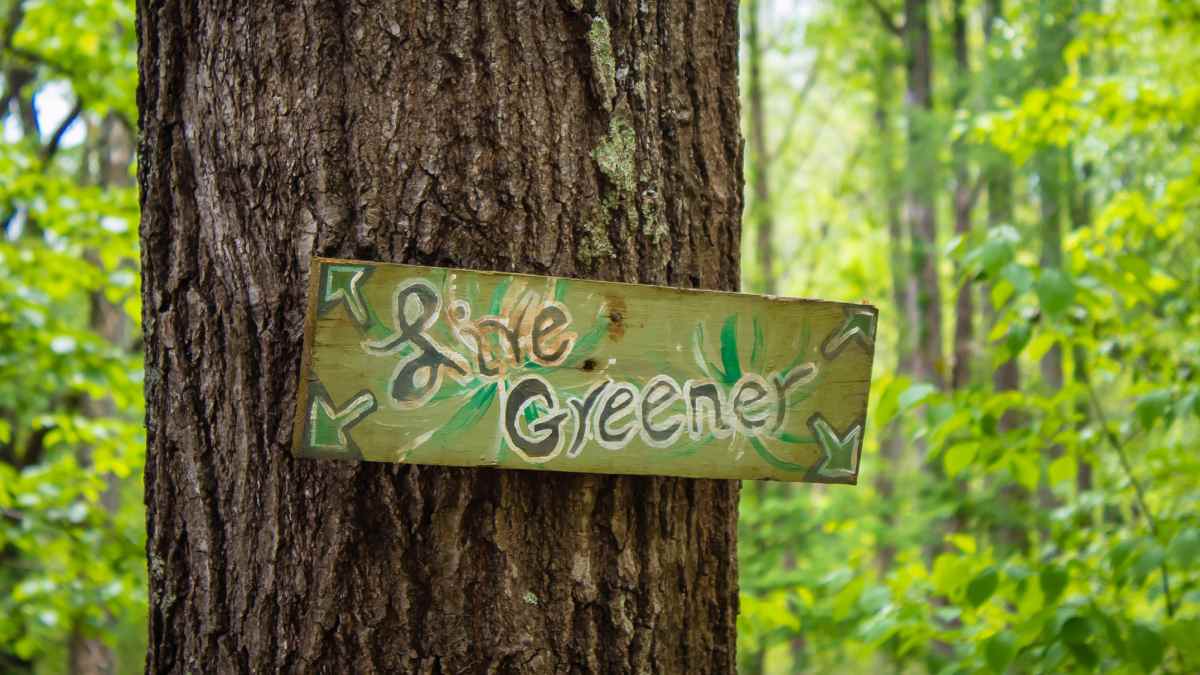Are you looking for ways to ‘go green’ in your school? Or your school is already set up as an eco-friendly system, and you want to know what steps to take to make it ‘greener’? Then, this post is for you.
In this article, you will find out what it means for a school to ‘go green’ and the benefits or advantages of a green school to individuals and our planet.
You will also find practical steps to make your school more environmentally friendly. Also, if you’re just curious about green school practices and their benefits, you can continue reading.
Are you ready? Let’s get started.
A Green School: Meaning and Implications
Now, a green school: what does it mean, and how does it help anybody?
Green schools produce clean, healthy, protective, and green environments while conserving energy, natural resources, and money. That’s not all.
Besides encouraging ‘going green’ in their operations, green schools also include environmental education. Thus, they help teach students about the benefits of a greener environment and how to live a greener lifestyle.
A green environment helps the planet in no small way. It improves the quality of the air we breathe and conserves energy and resources. In addition, a greener environment can reduce the risk of an energy crisis.
-

Fashionably Green and On-The-Go
£16.50 Select options This product has multiple variants. The options may be chosen on the product page -
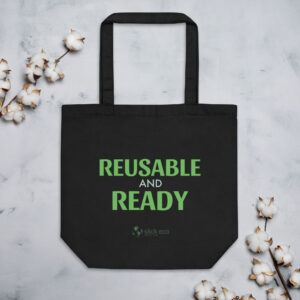
Reusable and Ready Eco-Friendly Tote Bag
£16.50 Add to cart
9 Tips to Make Your School Greener
You’re already halfway there if you’ve opted to go green and make changes in your school.
So, how do you make your school greener? A greener school will involve everyone, including teaching staff, administrative staff, and students.
Getting started may seem daunting, but there are several simple ways to make a difference and contribute to the eco-friendly schools movement. Here are some steps you can implement in your school to achieve a greener school;
Transportation
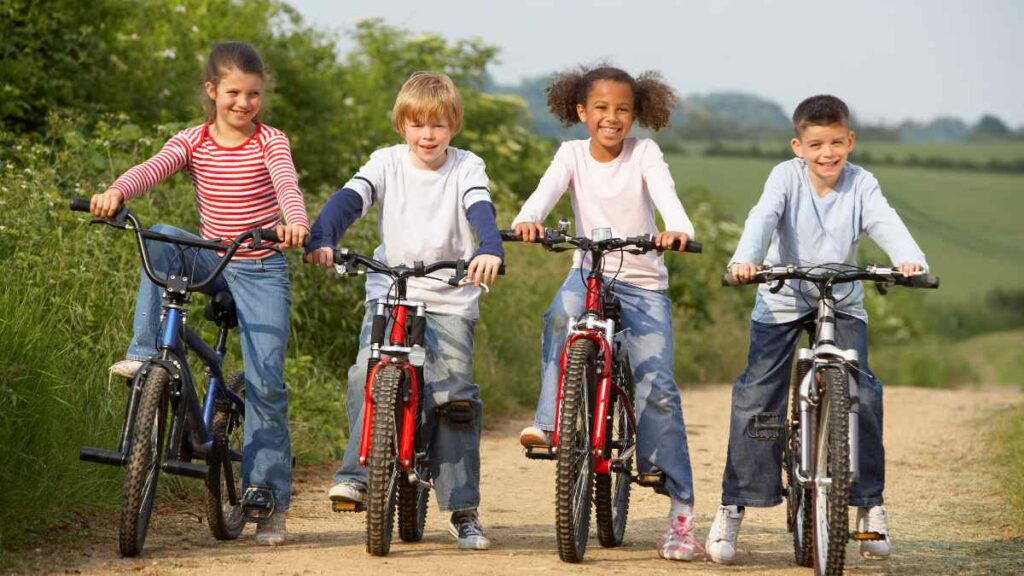
One of the ways you can have a greener school is by encouraging transportation means that generate as little carbon emissions and waste as possible.
This can be achieved in different ways, but it will require collaborative efforts from parents, students, and the school management.
You can encourage parents and children to take public transit, walk or bike to school instead of coming to school in private cars and contributing to the already high carbon emission levels worldwide.
Also, many children can be taken to school in carpools. Reducing idling outside school by turning off automobiles and bus engines can also help mitigate societal emissions.
Finally, you should encourage using greener fuels such as biodiesel in your school buses or invest in hybrid buses, i.e., buses that use biodiesel and other fuels.
Proper waste minimization/management
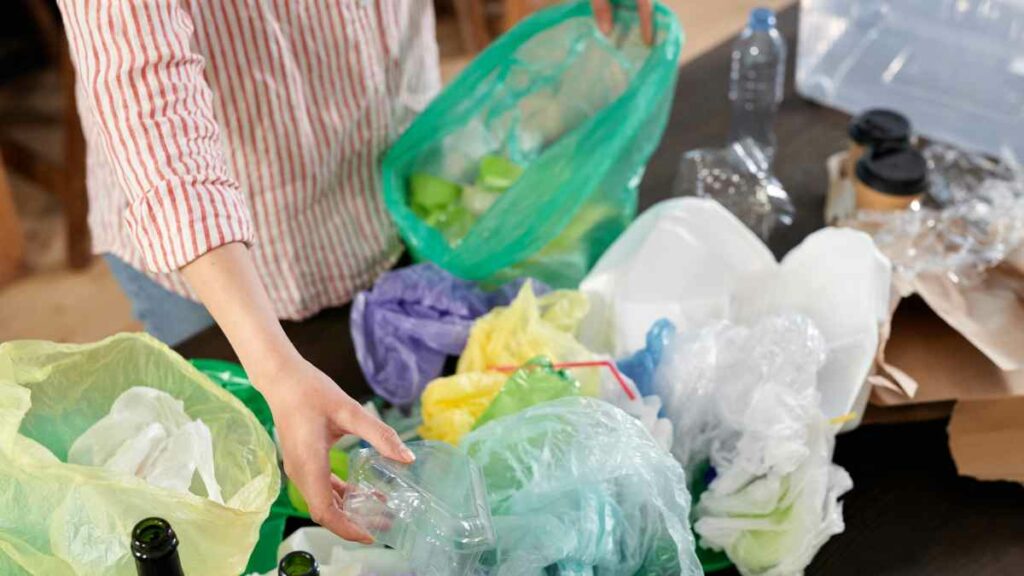
In 2021, folks in the US used 65.6 million metric tons of paper! A 3% increase from 2020.
To cut back on the amount of waste that comes with paper usage, it is recommended that you try to use both sides of a sheet of paper before throwing it away. It’s a good idea to use recycled paper wherever possible.
For example, if you’re in a class, you should think twice before printing something. Is the print essential? Try as much as possible not to print unless it is necessary.
Moreover, printer cartridges can also be recycled or refilled, so you can work with teachers to ensure that your school is not simply throwing them away when they run out. Parents can also take measures to avoid food wastage as much as possible.
Reducing plastic usage
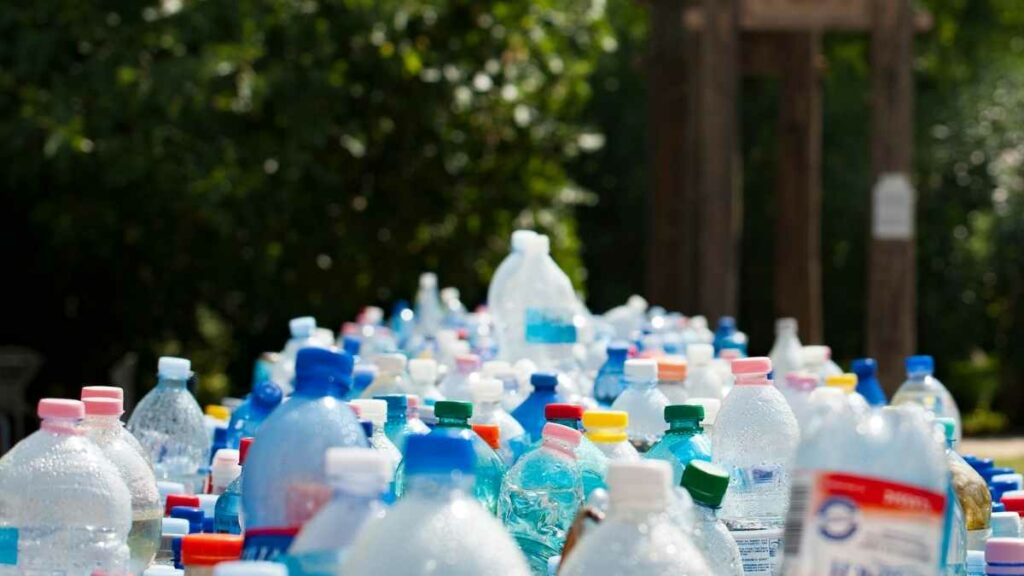
Another way to facilitate a greener school is to reduce the use of plastics.
Plastic is one of the most commonly discarded materials. To develop an eco-friendly school, students and teachers must take a stand against it by encouraging everyone in the lunchroom to refrain from using plastic. Drive the zero-waste message in your school!
You can also encourage ‘trayless’ feeding. That is, students and instructors may take their meals rather than using trays, and the lunchroom staff will save water by not having to wash trays.
Encouraging green products usage

Most toxic cleaning products, insecticides, and other chemicals can endanger children’s health. They are also harmful to the maintenance and cleaning employees who use them, not to forget the environmental effect.
So, you can inquire with your school administration or district office about green alternatives. Several organic, non-toxic cleaning products available may readily replace traditional cleaning materials that pollute the environment.
Request that your school consider modifying this for a more environmentally friendly school environment.
Energy optimization
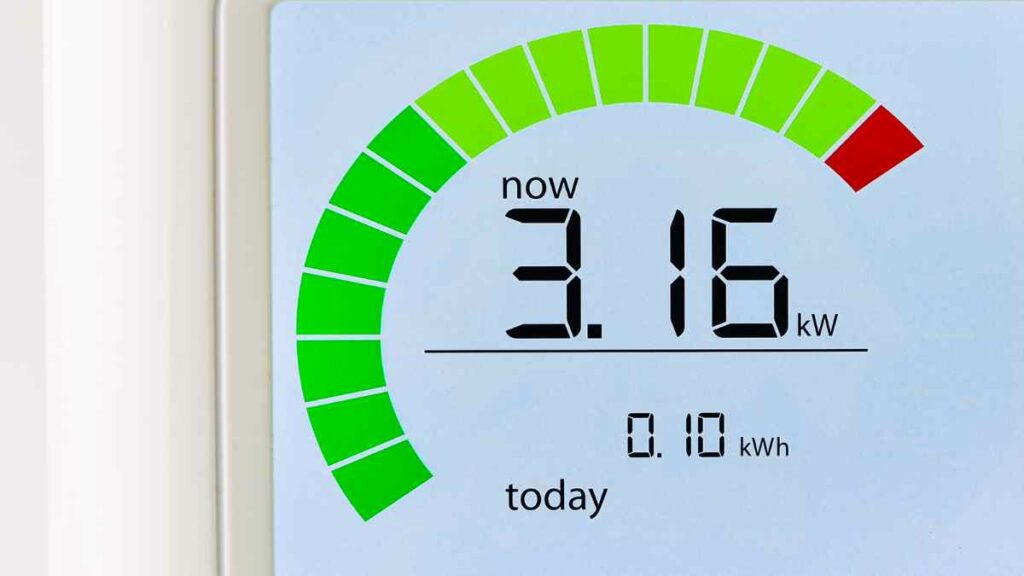
A greener school requires a meticulous and intentional optimization of energy. This can be done by students’ collaboration with the school’s administration and maintenance personnel to minimize energy use.
Students can first undertake an audit of their school’s light and energy consumption and then monitor and document the school’s energy usage monthly.
Not only should you switch off lights in unoccupied areas, but you should also seek to choose eco-friendly lighting that consumes less energy than regular lights. Several low-cost options on the market are currently in use in eco-friendly schools.
Beyond energy minimization, however, you can also set up a team to evaluate and reduce carbon emissions due to your school’s operations. This can be done by seeking sustainable/green energy alternatives to power your school’s activities.
Compost Practice
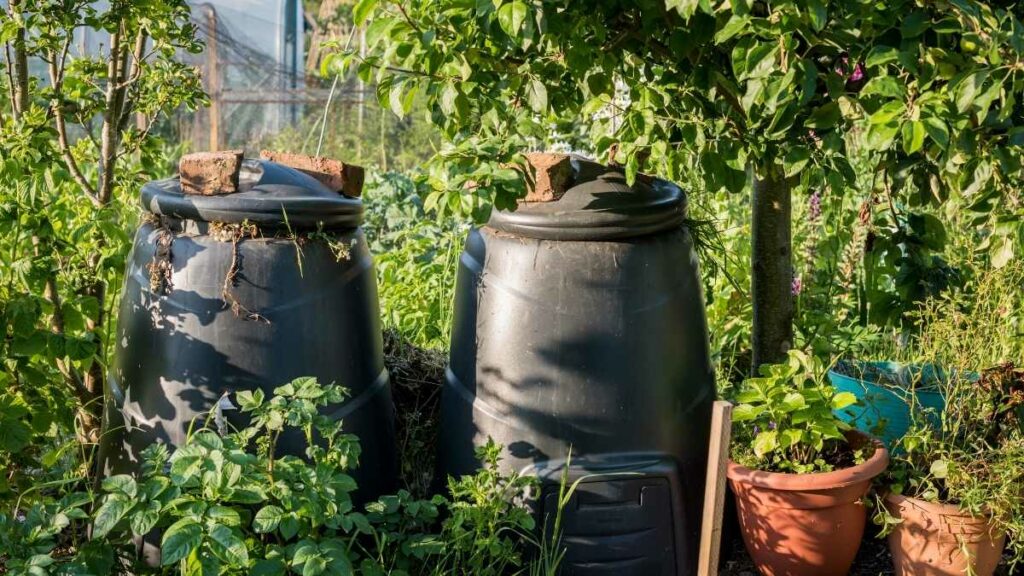
Get a compost container for your school or cafeteria to reduce food waste. It doesn’t have to be a large structure; food leftovers require little more than a five-gallon bucket, a small pail, or a wooden box.
And you can make a compost team that is in charge of transporting the scraps to a larger bin outside every day. Doing this will ensure involvement and further drive participation from students.
Initiate recycling programs, get recycling bins
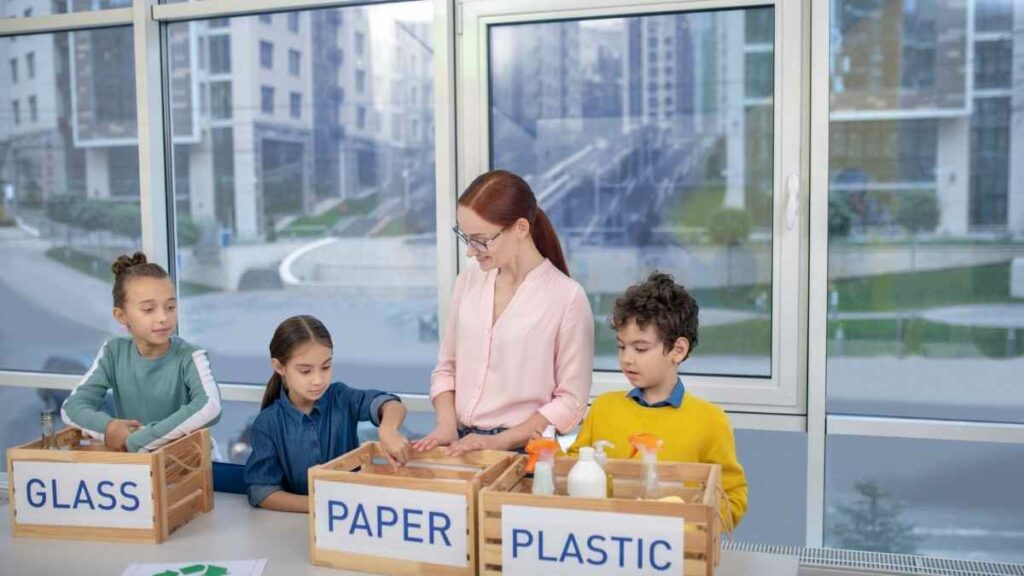
If your school does not recycle, volunteer to organize recycling containers. The simplest place to start is with paper recycling.
You can provide a paper recycling box in the teacher’s workroom. Then, you can reuse the paper by making it available to kids who enjoy drawing in their spare time and recycle the remainder.
However, if your school already recycles, you need to get extra recycling bins, particularly near garbage cans, and properly mark them. Make it simple for pupils to dump the appropriate items into the right bins.
A recycling station, complete with colored bins labeled adequately for paper, plastic bottles, cans, and cardboard, will keep things wonderfully organized. The easier and more enjoyable the recycling activity is, the more students will want to participate.
On a field trip, you can also pay a visit to a recycling facility or landfill. The landfill excursion demonstrates to children how much rubbish is collected and how their efforts are rewarded.
Green energy sources
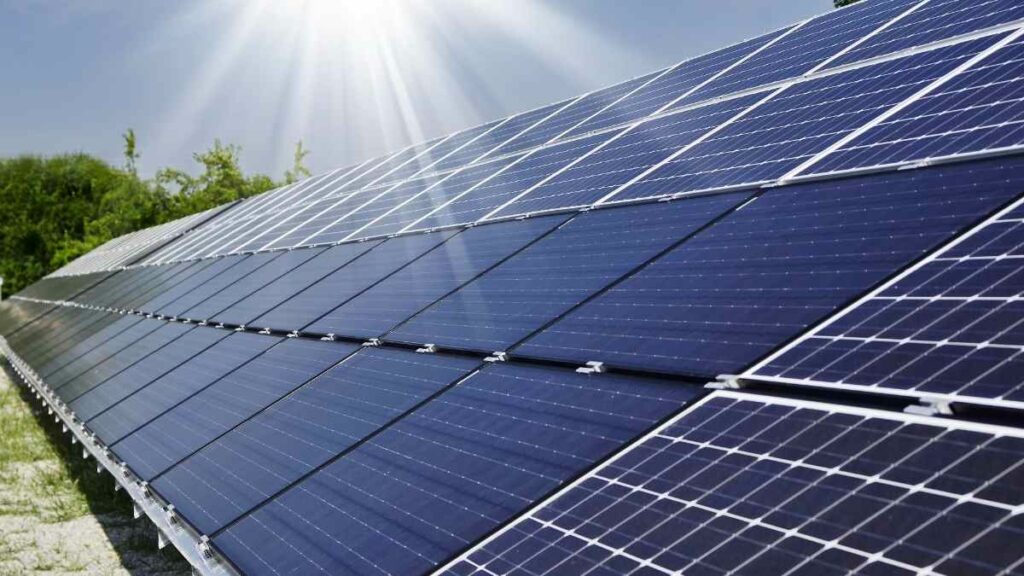
Green energy sources can play a significant role in making a school more environmentally friendly. Here are a few ways that schools can incorporate green energy sources to reduce their carbon footprint:
Solar panels
Solar panels are a great way for schools to generate clean, renewable energy from the sun. Installing solar panels on school roofs or in other suitable locations can help reduce the school’s reliance on fossil fuels and reduce greenhouse gas emissions.
Wind turbines
Wind turbines are another way for schools to generate clean, renewable energy. Depending on the school’s location, wind turbines may be an effective way to harness the power of the wind and reduce the school’s energy consumption.
Geothermal energy
Geothermal energy systems use the Earth’s natural heat to generate energy. Schools can install geothermal systems to heat and cool buildings, reducing the need for fossil fuels and reducing greenhouse gas emissions.
Biomass energy
Biomass energy systems use organic materials, such as wood chips or agricultural waste, to generate energy. Schools can use biomass systems to generate electricity or heat, reducing the need for fossil fuels and reducing greenhouse gas emissions.
Overall, green energy sources can play a significant role in making a school more environmentally friendly. By incorporating these clean, renewable sources of energy, schools can reduce their carbon footprint and positively impact the environment.
Environmentally-friendly Curriculum
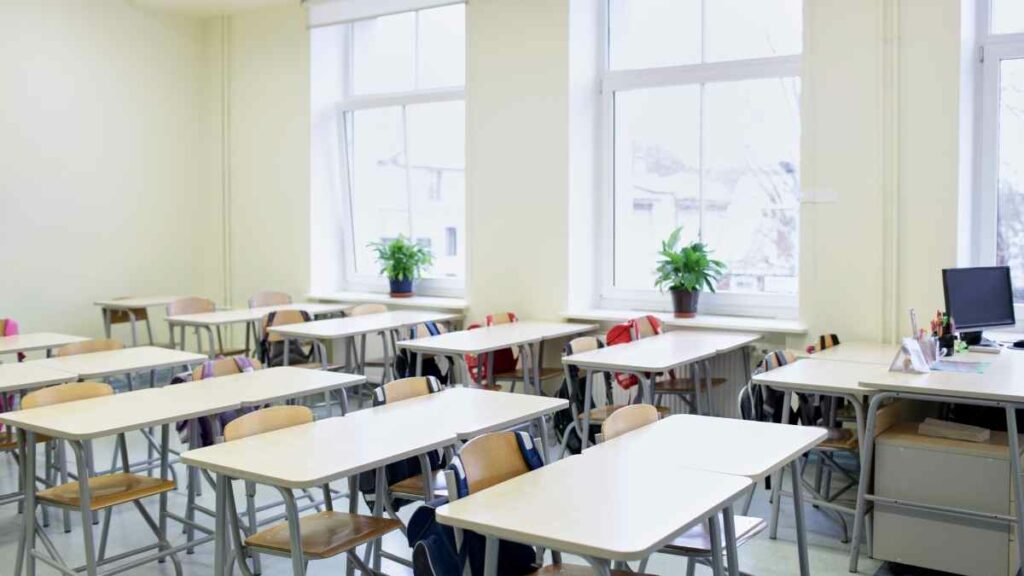
Finally, it is not enough to imbibe green practices in a school; you have to teach the students about environmentally friendly practices so that they can understand why we should all embrace a green lifestyle.
You may ask youngsters to put their plastic bottles in the blue bins. But it will feel like a hassle until they completely understand the value. So, you can make a lesson plan out of the hows and whys of recycling to help it stay.
You could also make a point of celebrating Earth Day at your school to promote a greener view.
Conclusion
In conclusion, steps to achieving a greener school are not limited to the options above as the list goes on and on. You can also employ other means.
For example, you can educate the students by showing them eco-themed movies. Several films educate children about environmental concerns in a pleasant way—they won’t even realize they’re learning.
However, you can discover useful bits on YouTube if you don’t have the skills or time to display an entire movie.
The goal should be to have a greener school with students and staff who understand the purpose of the practice and its benefits.
Good luck.

